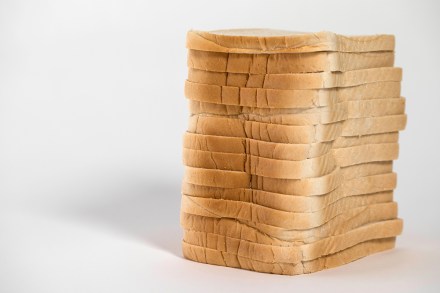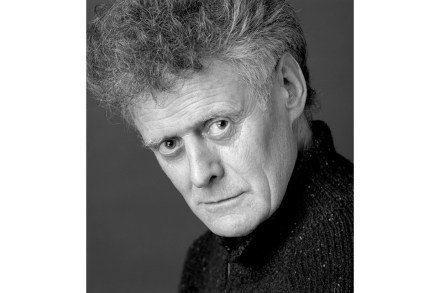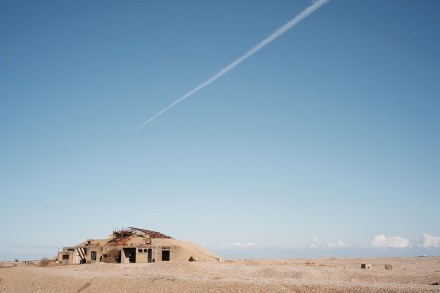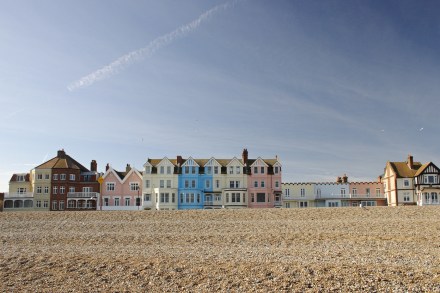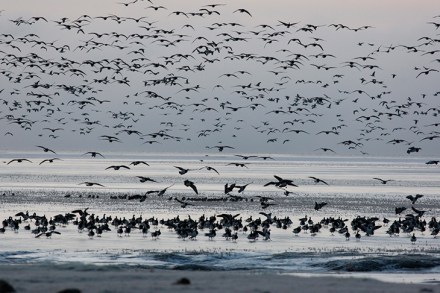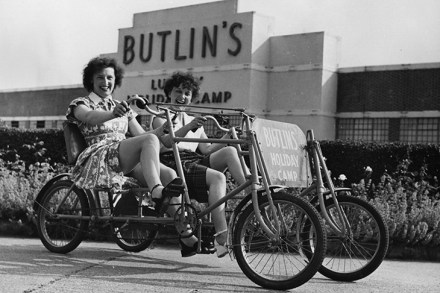How we saved our local pub from closure
You won’t find it in any of the ‘best pub’ guides that seem to appear every other week, but our local is the best pub simply because it’s, well, our local. And that is why our village has come together to save it from permanent closure. The White Horse Inn in Westleton – one of around a dozen pubs in Suffolk with that name – was put up for sale last year by the county’s foremost brewery, Adnams, as they looked to slim down their estate. It was hoped that, as with other pubs in the area, some enterprising new owners would come and take it over, tart it up


